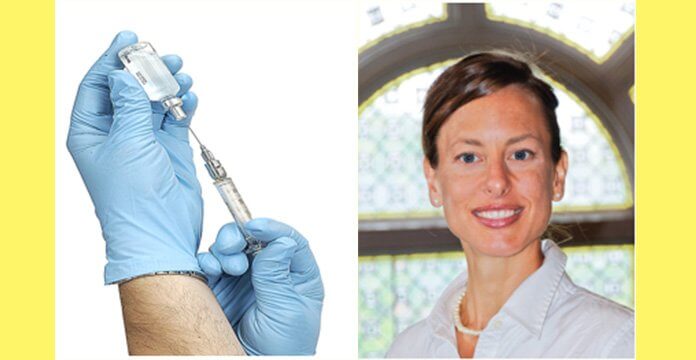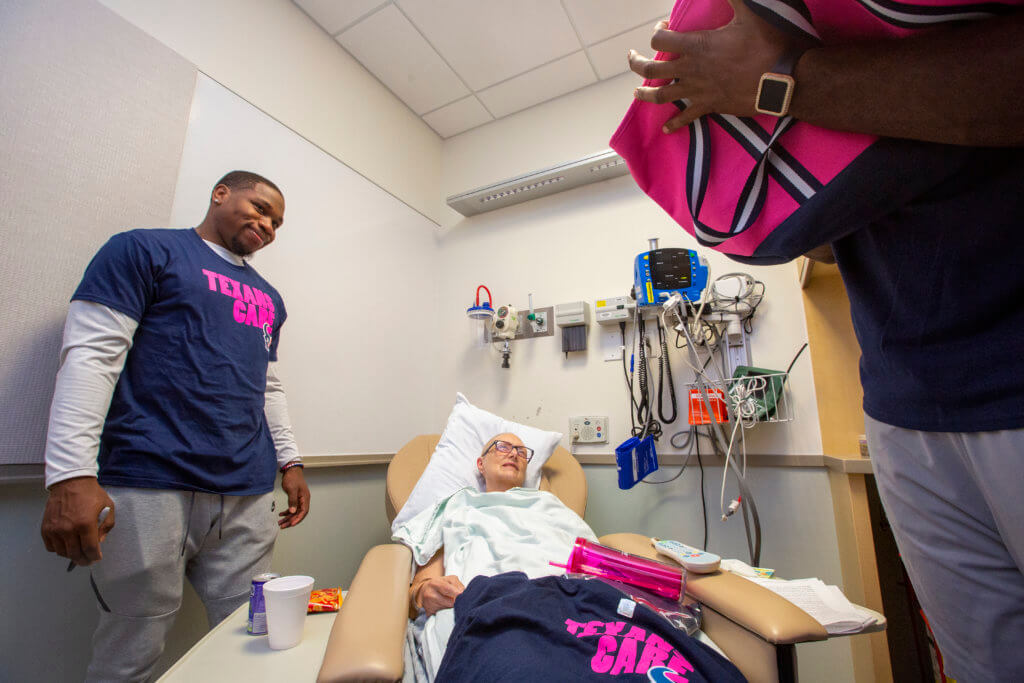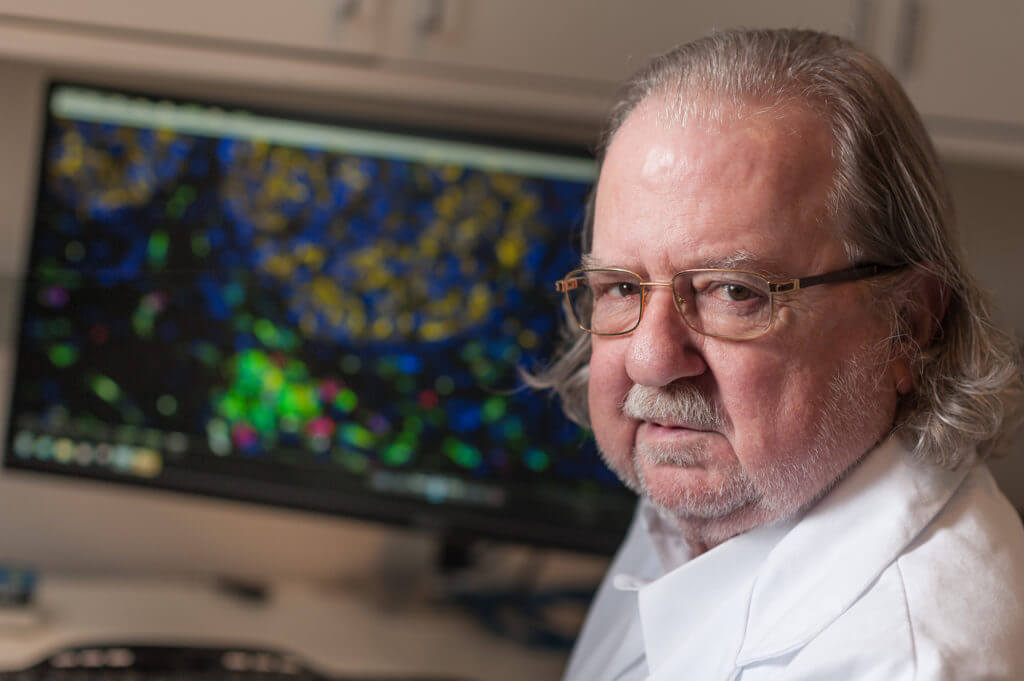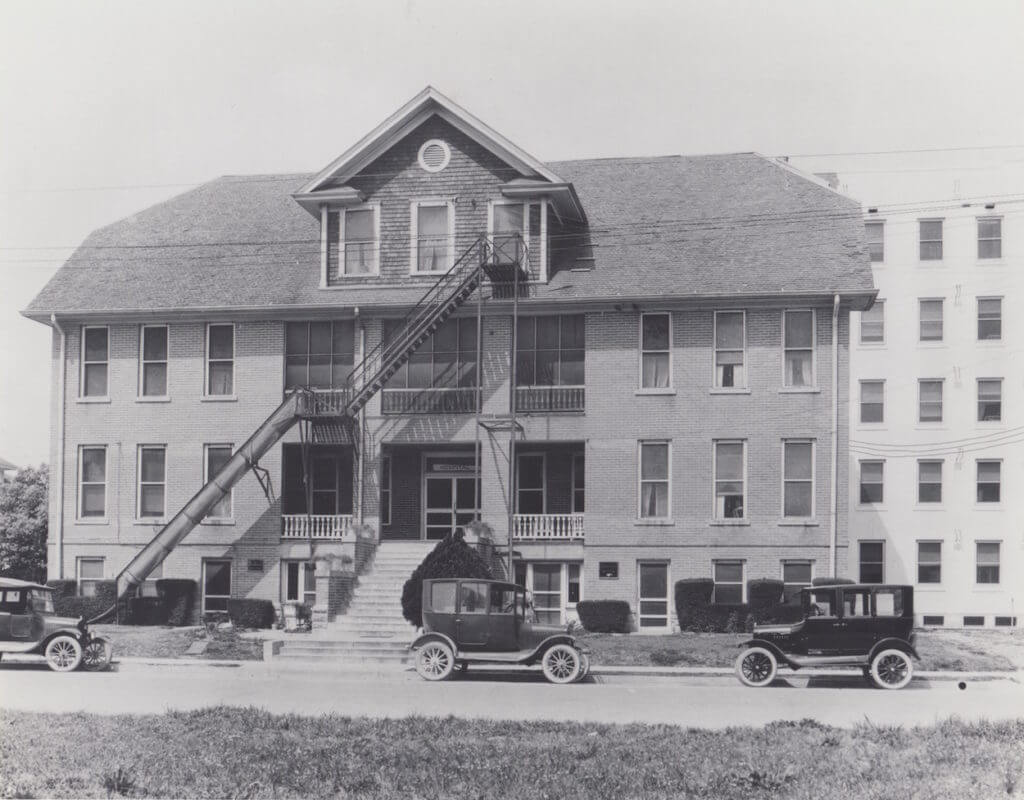UH Ethics in Science Lecture: Welfare, Work, and Witness: Why Clinical Research Can Survive the Death of a Healthy Human Subject

During the early twentieth century, medical researchers rarely experimented on healthy human beings who had no debt to the state. By the end of the century, millions of healthy people with full civil rights enrolled in medical experiments each year. This talk explains how serving as a “normal control” became the norm and sustained American medicine in the postwar decades—to the extent that the death of a human subject could be managed administratively as a “routine tragedy.” Using the case of the US National Institutes of Health’s Clinical Center, the talk argues that this shift was made possible through a series of unprecedented relationships between American colleges, church organizations, and government agencies in the decades following World War II.
The story follows the everyday lives of religious service workers, unemployed laborers, and college students who lived inside the Clinical Center for months and sometimes years while they served as research material (and also looked for work, witnessed the life of Jesus, and earned college credit). The book draws on a new vernacular archive that includes three types of materials: oral history interviews that Stark completed with nearly one hundred former normal patients; ephemera from interviewees’ time at the Clinical Center (including correspondence, photographs, and keepsakes) donated to Stark’s project; and NIH’s medical records of the studies that former participants released to Stark at the time of their interview. The project also brings together for the first time materials from established historical collections of the US government and of dozens of church organizations and colleges that send young people to NIH. By taking seriously the pillow fights and the first kisses, the bible clubs and the movie nights, that animated the NIH clinic as much as the medical experiments, the project suggests how scholars might refigure settings conventionally understood in exclusively medical terms.



